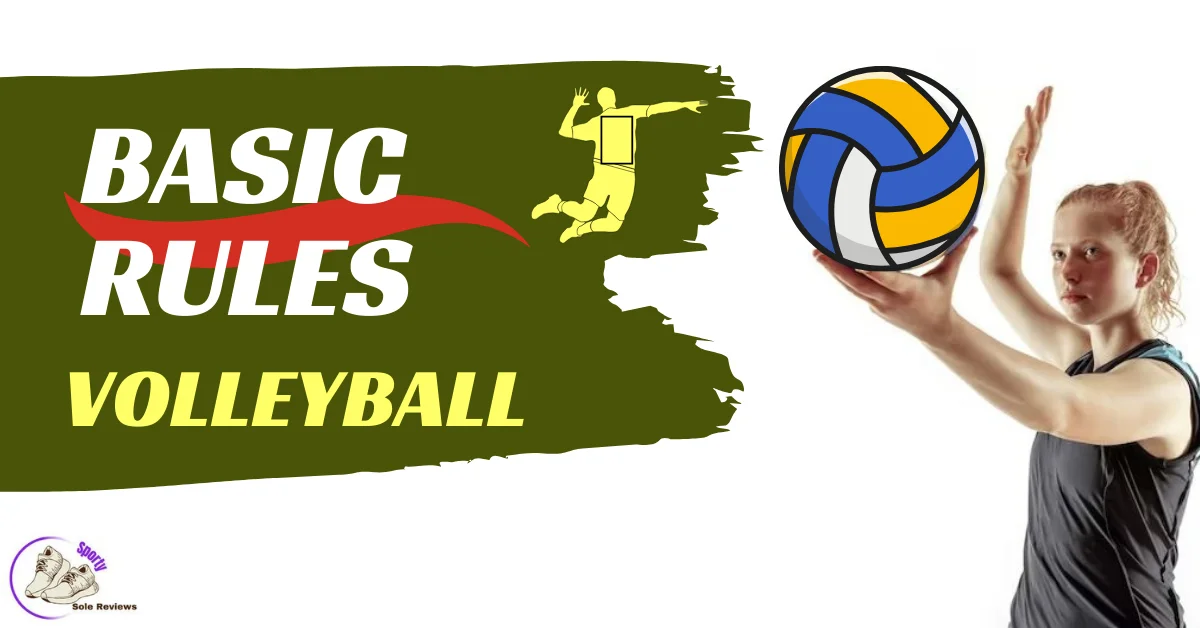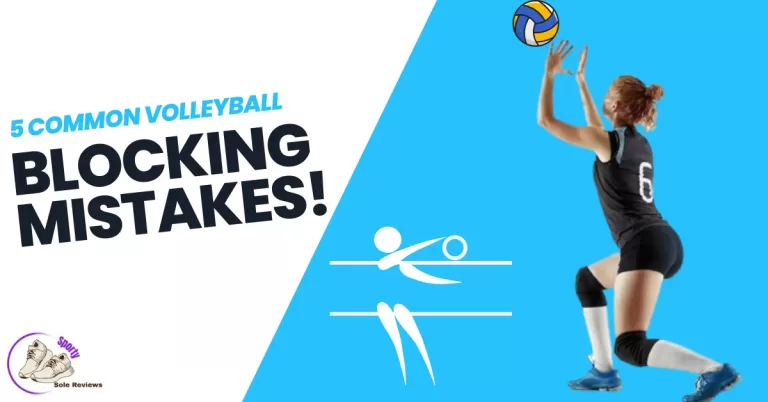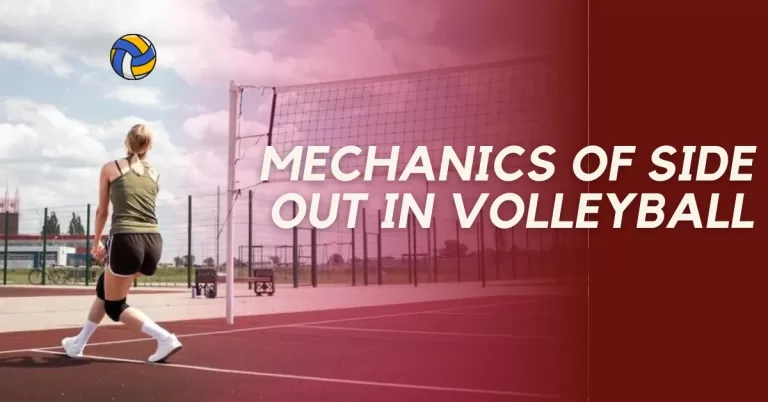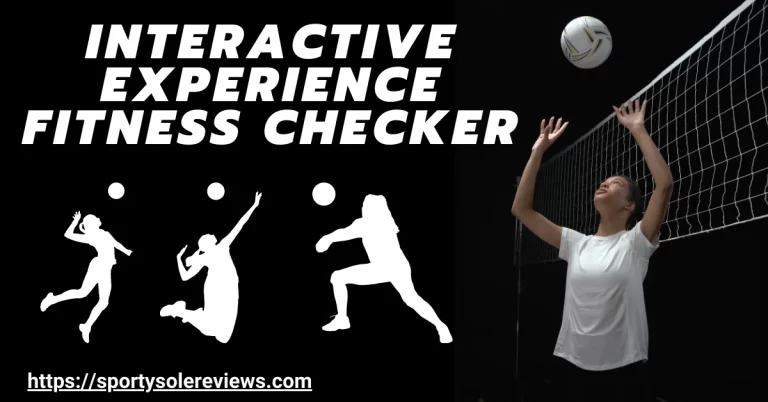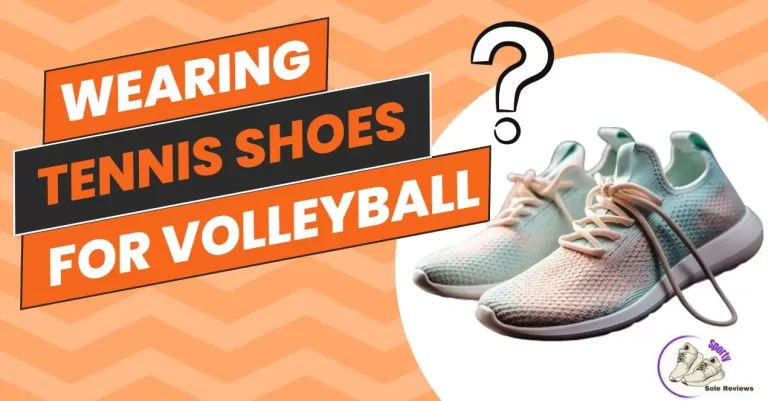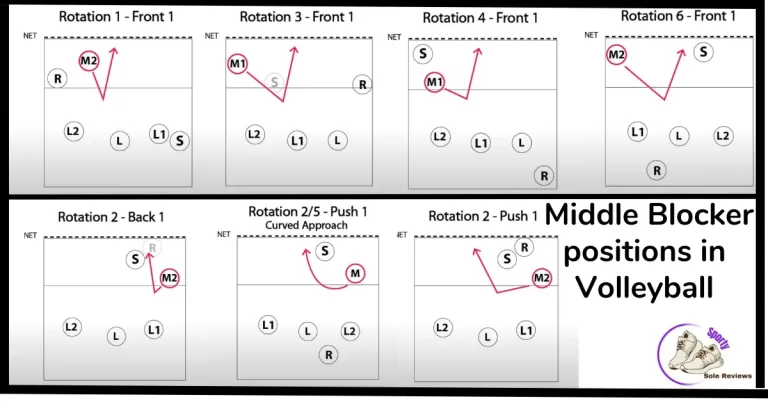Basic Volleyball Rules and Fundamental Terms
Volleyball, a sport teeming with intricacies and finesse, has soared in popularity over the years. Its rise can be attributed to the captivating blend of athleticism, teamwork, and strategy. Yet, to truly appreciate the game, as a school volleyball player, I would like to share my experience with the volleyball rules. For both players and enthusiasts, this knowledge unlocks the gateway to a deeper, more engaging volleyball experience.
Objectives of Volleyball (Player’s Perspective)
| Description | |
|---|---|
| Scoring Points | Score points by successfully sending the ball over the net into the opponent’s court while following the rules. |
| Defense and Blocking | Defend your side of the court by blocking and preventing the opponent’s attacks from scoring points. |
| Team Coordination | Work as a team to coordinate passes, sets, and spikes to execute effective offensive and defensive plays. |
| Communication | Effectively communicate with teammates to maintain control, strategy, and quick decision-making during the game. |
| Physical Fitness | Improve physical fitness, including agility, speed, and endurance to perform at your best throughout the match. |
| Sportsmanship | Promote sportsmanship by displaying fair play, respect for opponents, and adherence to the rules and officials’ decisions. |
Court Dimensions and Layout
When it comes to the Rules of Volleyball, understanding the proper court dimensions and layout is paramount. This precision sport demands an intricate stage. Here’s a breakdown of what you need to know:
Court Dimensions
The volleyball court measures 18 meters (59 feet) in length and 9 meters (29.5 feet) in width. This rectangular battleground is meticulously divided into two equal halves by a net. The net’s height varies for men and women; it stands at 2.43 meters (7 feet 11 5/8 inches) for men and 2.24 meters (7 feet 4 1/4 inches) for women. These precise measurements ensure a level playing field for all competitors.
Court Layout
The court layout is an intricate dance of lines and boundaries. Each half is further divided into three zones: the back row, attack line, and front row. The attack line, also known as the 3-meter line, separates the front and back rows. It’s where attackers make their aerial assaults.
Equipment Required for a Volleyball Game
Now that you have the court down to the last millimeter, essential equipment for a game that abides by the Rules of Volleyball:
- Volleyball: The heart and soul of the game, a spherical ball with a circumference of 65-67 centimeters (25.6-26.4 inches) and a weight of 260-280 grams (9.2-9.9 ounces).
- Net and Poles: A sturdy net spanning the court’s width, suspended at the right height, is vital. The poles supporting it should be robust to withstand fierce serves and spikes.
- Antennae: These vertical rods on either side of the net extend the boundary upwards. They ensure that the ball stays within the court during play.
- Boundary Lines: Precise boundary lines mark the court’s limits, defining in or out with absolute clarity.
Player Positions and Volleyball rules
Volleyball is a dynamic team sport that demands a diverse set of skills from its players. To excel, it’s crucial to understand the distinct roles and responsibilities each position entails, as well as the specialized techniques they employ. As a volleyball player give you information about the intricacies of player positions in volleyball.
Setter
- Role and Responsibilities: The setter is akin to the quarterback in football, orchestrating the offense. They decide which player will receive the ball and execute precise, quick sets to create scoring opportunities.
- Setting Techniques: Setters employ techniques like back setting, jump setting, and dump sets to deceive the opposing defense and ensure their hitters have optimal hitting conditions. You can read Separately about deep setter rules in volleyball.
Hitters (Outside Hitter, Middle Hitter, Opposite Hitter)
- Attacking Roles and Strategies: Hitters are the primary scorers. Outside hitters focus on power and precision, middle hitters thrive on quick attacks through the middle, while opposite hitters bring versatility to the offense.
- Hitting Techniques: Keywords like “spiking,” “approach,” and “timing” define the art of unleashing powerful and strategically placed attacks.
Libero
- Defensive Specialist Role: The libero is the defensive maestro, specializing in digging and passing. They wear a different jersey and have restrictions on attacking, ensuring their primary focus is on defense. As a player, I cover the rules of libero in volleyball. You can gain knowledge about this.
- Rules and Restrictions: Understanding the unique volleyball rules that govern the libero’s involvement in the game is crucial for success.
Defensive Specialists
- Back-Row Players’ Roles: Defensive specialists, also known as back-row players, excel in passing and digging from the back row, contributing to the team’s ball control and defensive prowess.
- Passing and Digging Techniques: Mastering techniques like pancake digs, platform passing, and diving saves is essential for these players.
Common Violations and Penalties
Rules of Volleyball are the sacred commandments that orchestrate the game’s flow. Violating these volleyball rules can lead to penalties, disrupting the rhythmic dance on the court. Some common transgressions and their associated sanctions:
Foot Faults
- Server Foot Fault: The server’s pivot foot must remain firmly planted until the serve is executed, akin to a tightrope walker maintaining balance.
- Front-row Player Foot Fault: Front-row players must refrain from encroaching upon the invisible line dividing their domain from the back row, a line akin to a territorial boundary.
Double Hits
- Explanation of a Double Hit Violation: When a player consecutively contacts the ball twice, it’s a double hit violation, akin to a stammer in the game’s rhythm. This double beat disrupts the melody of the match.
- How to Avoid Double Hits: Players should refine their touch, ensuring a harmonious, single note when handling the ball, like a pianist seeking a seamless chord progression.
Carrying or Palming
- What Constitutes a Carrying Violation: A carrying violation occurs when a player holds or guides the ball, akin to a maestro directing an orchestra with an overly firm hand.
- Referee’s Discretion: The referee wields a discerning ear, deciding if the musicality of the game has been marred by a prolonged touch, leaving room for interpretation.
Player Substitutions
- Voleyball Rules for Player Substitutions: Substitutions require adherence to prescribed protocols, akin to actors awaiting their cue before stepping onto the stage.
- The Role of the Scorer’s Table: The scorer’s table orchestrates these substitutions, ensuring a seamless transition in the volleyball symphony.
Conclusion
Congratulations on exploring the fascinating world of volleyball and uncovering the key volleyball rules that govern this thrilling sport. From serving to spiking, and blocking to digging, each aspect contributes to the game’s dynamic nature.
Recap of Key Volleyball Rules: Remember the fundamental rules like serving within the boundaries, avoiding foot faults, and adhering to fair ball handling.
What are the dimensions of a standard volleyball court?
The standard volleyball court measures 18 metres (59 feet) in length and 9 meters (29.5 feet) in width. The net is placed at the center, dividing the court into two equal halves.
Can a player hit the ball twice in a row during a rally?
No, a player is not allowed to hit the ball twice consecutively during a rally. Volleyball rules are that a player can make successive hits, but the ball must touch another player or surface between each contact.
Are players allowed to step on or over the centerline during the game?
Players are not allowed to step on or over the centerline while the ball is in play. Doing so results in a violation, and the opposing team earns a point. However, after the ball is dead, players can cross the centerline during substitutions or timeouts.
How many players are on a volleyball team, and how many can be on the court at the same time?
A standard volleyball team consists of six players on the court at a time. Each team can have up to 12 players on its roster, allowing for substitutions during stoppages in play.
Is it legal to block a serve in volleyball?
Yes, blocking a serve is legal in volleyball. Unlike in other sports, volleyball allows players to block the serve as it crosses the net. The objective is to stop the ball from crossing into their court and force the opposing team to serve again.

